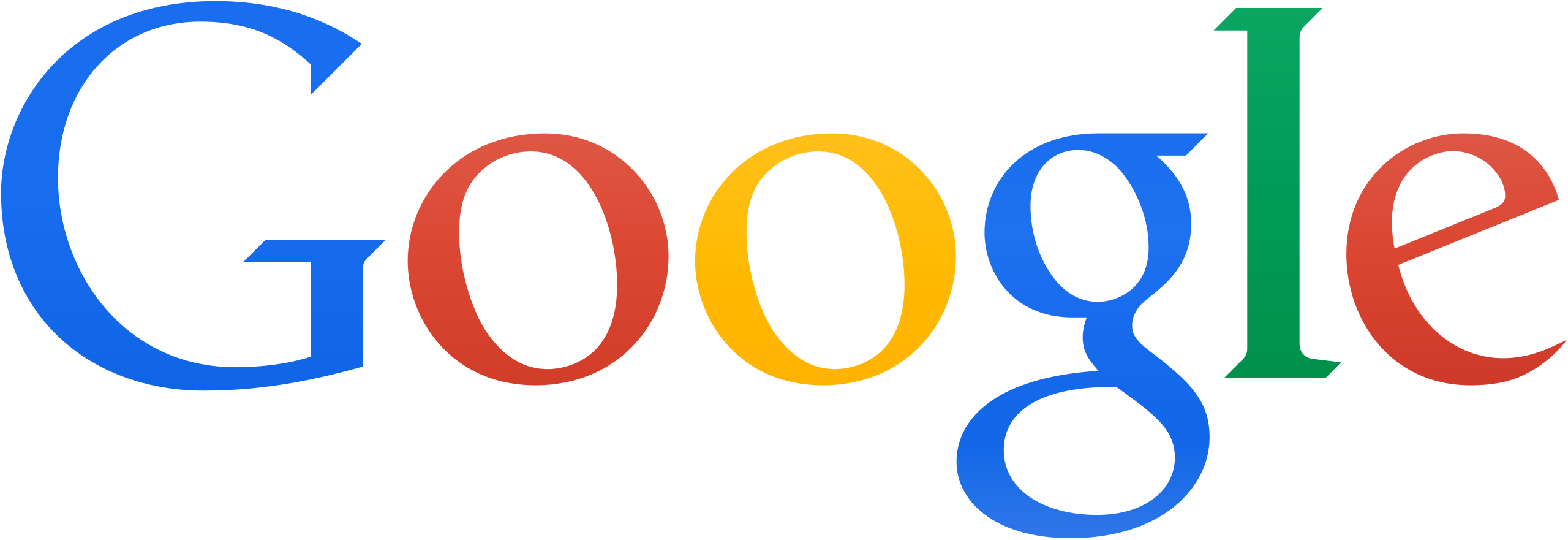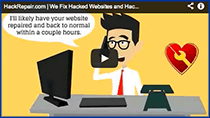Usually how do we copy a content from a docs ? We would select the
content we need to copy down and use short cut keys or Right click and
Select copy. How about disable selecting text itself , then readers
couldn't use shortcuts and even though they couldn't copy down using
right click options.
Actually this script is free and very popular among website masters.
Lets go :
So i recommend this method to bloggers who wish to protect their contents from content thieves.
Lets go :
- Sign In to Blogger account and go to relevant blog.
- Go to Page Elements from Design and Click on Add a Gadget and choose HTML/JAVASCRIPT from the gadgets.
- Now Copy down the popular code and Paste it on the selected Gadget and Save it.
- Now refresh your Blog and Right Click on it. Done!
<!--Disable Copy And Paste-->
<script language='JavaScript1.2'>
function disableselect(e){
return false
}
function reEnable(){
return true
}
document.onselectstart=new Function ("return false")
if (window.sidebar){
document.onmousedown=disableselect
document.onclick=reEnable
}
</script>
<script language='JavaScript1.2'>
function disableselect(e){
return false
}
function reEnable(){
return true
}
document.onselectstart=new Function ("return false")
if (window.sidebar){
document.onmousedown=disableselect
document.onclick=reEnable
}
</script>





